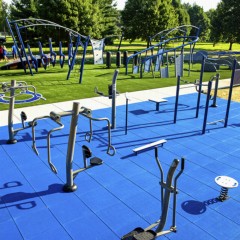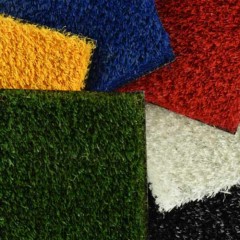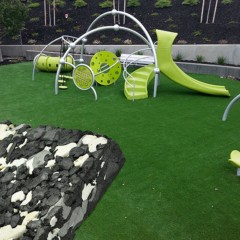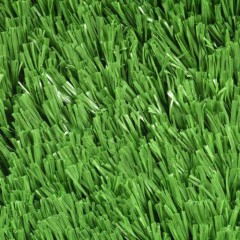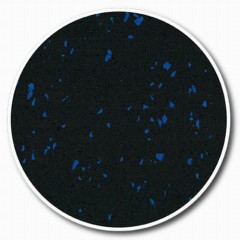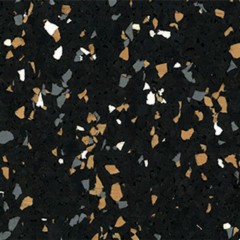Options for Residential Playground Surfaces
As a parent or guardian, you want to ensure that your playground surface is of the highest quality. It should have cushioning, traction, and no loose materials.
At Greatmats, we offer multiple kinds of residential playground surfaces made to keep kids safe and protect your wallet. Our playground covering options are so good that you can join your kids in focusing on the snacks, rather than worrying about the safety of the materials.
Types of Home Playground Flooring
At Greatmats, our home playground flooring materials are available in three different options.
- Rubber tiles: Rubber tiles represent an affordable residential playground surface, as they are an extremely durable playground ground material that’s useful in all kinds of weather conditions and climates.
- PVC tiles: PVC plastic tiles are a high-quality type of ground cover for use outside, as they’re waterproof and can stand up to any kind of weather, including constant sunlight.
- Artificial grass turf: To cover a large area economically, consider our artificial grass rolls. These are among the best ideas for playground surfaces for home, as they don’t get muddy after a rainstorm, meaning the kids can be outside and playing as soon as the skies clear.
Benefits of Backyard Playground Flooring
Some of the key benefits of using our backyard playground flooring include:
- Multiple size and shape options
- Varying thicknesses and fall protection levels
- Economical playground flooring
- Some options for a DIY installation
- Multiple colors and textures available
- Non-slip surfaces
- Water-resistant and waterproof options
- Safer than bare dirt, mulch, or gravel
- Remains in place, unlike rubber crumb
- Holds up in all kinds of weather
Where to Use Outdoor Play Area Flooring
One of the best things about our outdoor play area flooring is that you don’t need a huge budget to use it. You don’t have to be a large commercial facility or a city parks and rec department to afford to install our residential playground surfaces. Some of the best places to use these home playground surface options include:
- Backyard at homes
- Small neighborhood parks
- In-home daycares
- Small and large daycare facilities
- Small and large churches
- Small and large preschools
- Elementary schools
Residential Playground Surfaces Q&A
What are the best outdoor rubber playground tiles and mats?
The
best outdoor rubber playground tiles and mats include rubber tiles that provide fall-height protection, water protection, UV resistance, temperature resistance, and durability.
What are the best ground cover options for playgrounds?
The
best ground cover options for playgrounds are those that do not heat up in direct sunlight and that provide fall-height protection in areas where climbing equipment is in use. Rubber tiles outperform rubber crumbs for this purpose because they do not wash or blow away during rainstorms or windstorms.
What should I know before purchasing playground flooring?
Some
tips for purchasing playground flooring include determining whether you need indoor or outdoor floors, figuring out what type of material you want, understanding the budget you have available, and choosing which kind of fall-height protection you need (based on the equipment in use).
Is it easy to install rubber playground flooring tiles?
It can be
easy to install some rubber playground flooring tiles yourself, while others require a professional installation. It’s important to install these tiles correctly at a playground, so they can provide the appropriate level of protection.
What are some affordable playground flooring options?
Some
affordable playground flooring options include solid PVC plastic, perforated PVC plastic, artificial turf rolls, rubber mats, and rubber tiles. Stick with a high-quality product from a trusted retailer, and you will have a successful installation.
 $808 /sqft You Save 14%Shop$305 /sqft You Save 15%Ships Out in 7-10 Working Days SustainableShop$5080 /Tile You Save 17%$12.70/sqftShop$5597 /Tile You Save 17%$13.99/sqftShop$5080 /Tile You Save 17%$12.70/sqftShop$5597 /Tile You Save 17%$13.99/sqftShop$9331 /Tile You Save 20%$4.67/sqftShips Out in 3-5 Working Days SustainableShop$16860 /Tile You Save 20%$8.43/sqftShips Out in 3-5 Working Days SustainableShop$6066 /Mat You Save 20%$7.58/sqftShips Out in 11-14 Working Days SustainableShop$16078 /Mat You Save 20%$6.70/sqftShips Out in 11-14 Working Days SustainableShop$320 Starting At You Save 14%$3.20/sqftShips Out in 7-10 Working Days SustainableShop
$808 /sqft You Save 14%Shop$305 /sqft You Save 15%Ships Out in 7-10 Working Days SustainableShop$5080 /Tile You Save 17%$12.70/sqftShop$5597 /Tile You Save 17%$13.99/sqftShop$5080 /Tile You Save 17%$12.70/sqftShop$5597 /Tile You Save 17%$13.99/sqftShop$9331 /Tile You Save 20%$4.67/sqftShips Out in 3-5 Working Days SustainableShop$16860 /Tile You Save 20%$8.43/sqftShips Out in 3-5 Working Days SustainableShop$6066 /Mat You Save 20%$7.58/sqftShips Out in 11-14 Working Days SustainableShop$16078 /Mat You Save 20%$6.70/sqftShips Out in 11-14 Working Days SustainableShop$320 Starting At You Save 14%$3.20/sqftShips Out in 7-10 Working Days SustainableShop






